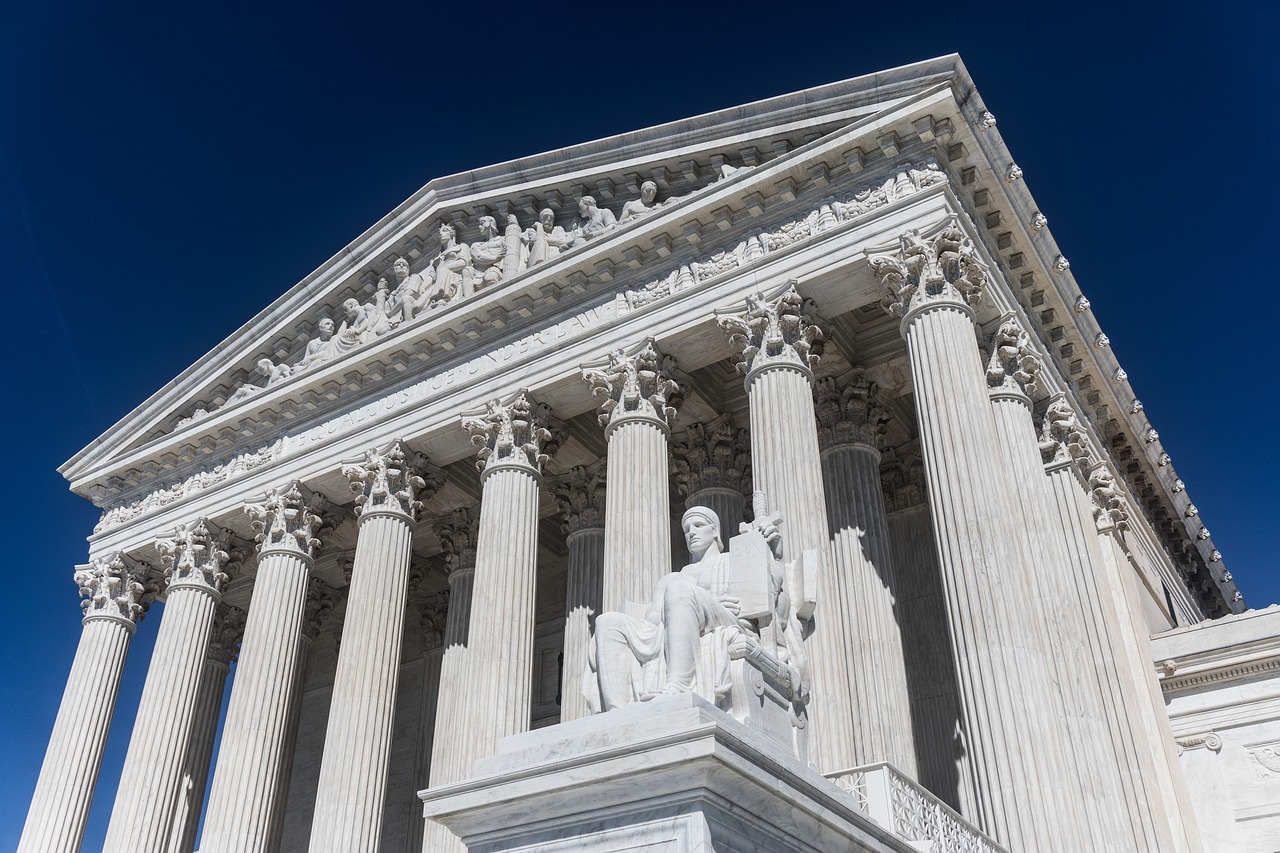Scarcity Is Not an Excuse to Discriminate: Age and Disability in Health Care Rationing
By Silvia Serrano Guzmán
On July 4, 2023 the Constitutional Court of Colombia handed down a landmark decision on one of the most difficult dilemmas faced during the COVID-19 pandemic: the rationing of intensive care in situations of scarcity. Although the need for prioritization was a reality almost globally, many countries had no such regulation in place, which frequently led to the adoption of fragmented and discriminatory triage protocols.
The Colombian case reinforces that human rights and public health are not mutually exclusive. Importantly, this is reflected in the Principles and Guidelines on Human Rights & Public Health Emergencies (2023). Though the Principles did not exist during the litigation of the case, they will be of use in similar instances going forward, both for States working to develop human rights-compliant public health measures, as well as for courts reviewing such measures.
The “who,” the “when,” and the “how”
This is what happened in Colombia: by the third peak of the pandemic in April 2021, the Ministry of Health had adopted general, non-binding recommendations that allowed triage decisions on the basis of age and disability. Hence, both regional health authorities as well as private hospitals in a number of cities had in place protocols using age and disability as criteria for rationing intensive care.
This situation motivated 26 persons – some older persons and some persons with disabilities – to file a lawsuit[1]. After two unfavorable lower court decisions, the case made its way to the Constitutional Court, which decided in favor of the petitioners and ordered the Ministry of Health to issue a binding and uniform regulation regarding prioritization of scarce medical resources in the context of an emergency.
The Constitutional Court answers the three main questions that were left without clear response during the pandemic: who should regulate, when prioritization is acceptable, and how to prioritize. It is worth mentioning from the outset when addressing the who, when, and how questions, the Constitutional Court took into consideration international human rights law, including the guidance provided by different international bodies during the pandemic at the universal and regional level (the I-A Commission and Court, the United Nations Treaty Bodies and the Special Procedures).
Participation, accountability, transparency, and non-discrimination, essential in the Court’s reasoning, are also reflected in the Principles and Guidelines on Human Rights & Public Health Emergencies. In particular, Principles 6, 7, and 8 focus in detail on what procedural safeguards – applicable to government decisions and policies in public health emergency contexts – should look like in order to facilitate compliance with human rights, as well as to ensure legitimacy and public support on those decisions and policies.
First, with respect to the who, the Court concludes that it was the State (through its Ministry of Health) that bore responsibility for adopting a binding and uniform regulation providing the criteria for providers to use in determining who (and who not) to treat in the face of scarce resources. This also means that healthcare providers’ autonomy – the main argument offered by the Ministry of Health to avoid regulating – is not absolute and cannot escape human rights scrutiny.
Second, the question of when has two components, and the Court dealt with both. The Court explicitly clarifies the States’ obligation to anticipate future health emergencies and scenarios of scarcity. Anticipation would allow for an assessment of the availability of goods and services and the adoption of measures to improve, to a maximum extent, such availability and to avoid the need of prioritization in the form of triage. It also prevents improvising criteria in the heat of the moment, when rationing is unescapable. The Court also emphasizes the obligation to exhaust any and all possible means before resorting to rationing (for example, the remission of patients to other facilities). Principle 10 of the Principles and Guidelines on Human Rights & Public Health Emergencies is consistent with this preventive component of the judgment. Insufficient anticipation, prevention, and preparedness should not be commonplace in future public health emergencies.
Third, the issue of how was addressed by the Court on two levels. The Court clarified that need for procedural safeguards, such as public debate and the development of regulations with full public participation (including the participation of persons with disabilities, older persons, civil society organizations, and other relevant public and private actors). Another procedural safeguard discussed by the Court is the creation of effective mechanisms to ensure transparency and accountability in triage decisions in the context of public health emergencies.
Can age and disability be considered in triage decisions in the face of public health emergencies?
However, the most difficult to answer question addressed by the Court is the more substantive aspect of the how, namely: whether age and disability were acceptable criteria in triage decisions at all. Applying a proportionality test and using strict scrutiny, the Constitutional Court concluded that the consideration of age and disability in prioritization protocols and decisions amounts to discrimination in terms of domestic and international law. The Court correctly understood the prohibition of discrimination as complex and multilayered, including direct and explicit, as well as indirect or implicit, discrimination. In this matter, part of the discrimination alleged on both grounds was implicit and covert, with some of the relevant protocols including considerations such as: “long term survival”; “social functionality”; “the need for supports in the future”; “survival free from illness”; and other forms of conscious and unconscious assumptions regarding age and disability. In addition, the Court correctly considered that discrimination continues to exist even when the grounds of age or disability are not the exclusive factors of the decision. On this matter, the decision is also connected to the Principles and Guidelines on Human Rights & Public Health Emergencies, especially principle 4.
Conclusion: the role of courts in the context of public health emergencies
The Court’s decision constitutes a good example of the role of courts in reviewing acts or omissions of other branches of government in the context of public health emergencies. While it was not for the Court to act in place of the relevant authorities, the Court reviewed the actions and omissions of the Ministry of Health against domestic and international human rights standards, leading to procedural and substantive minimum requirements that the Ministry is now required to comply with.
This case invites us to reflect on the pandemic, what we did wrong, and how to anticipate and face the next public health emergency. The Principles and Guidelines on Human Rights & Public Health Emergencies show that public health and human rights protected in international treaties are not exclusive nor necessarily in tension. On the contrary, human rights-compliant responses lead to better public health outcomes.
Silvia Serrano Guzmán is Co-Director of the Health and Human Rights Initiative at the O’Neill Institute for National and Global Health Law, and adjunct faculty at the Georgetown University Law Center.
[1] The Health and Human Rights Initiative from the O’Neill Institute for National and Health Law at Georgetown University and PAIIS from the Universidad de Los Andes in Colombia, acted as legal advisors of the plaintiffs.






